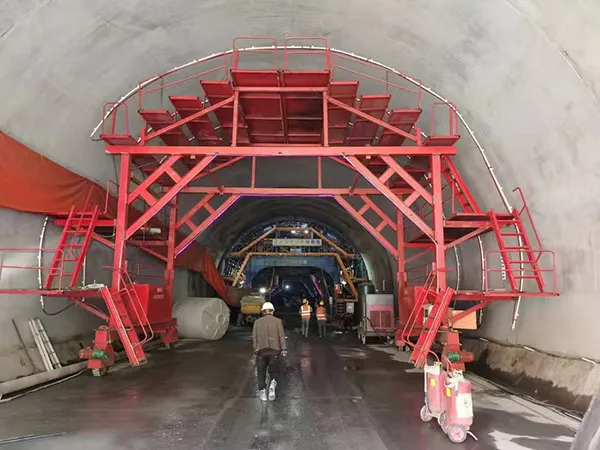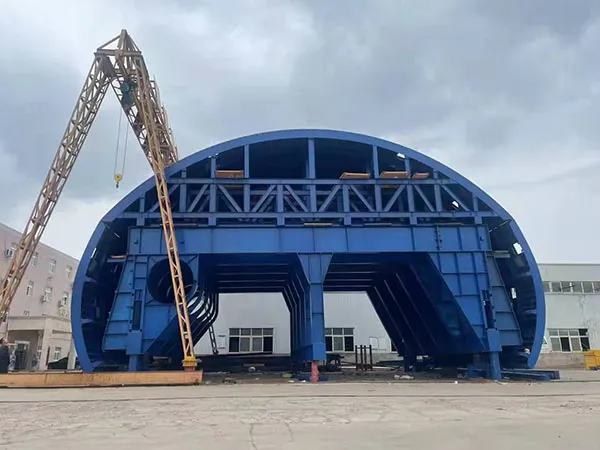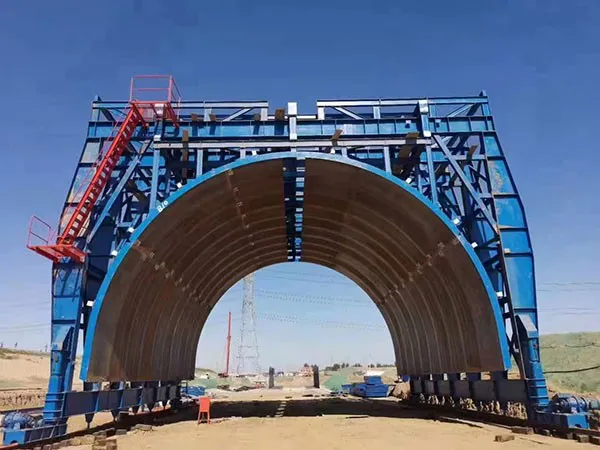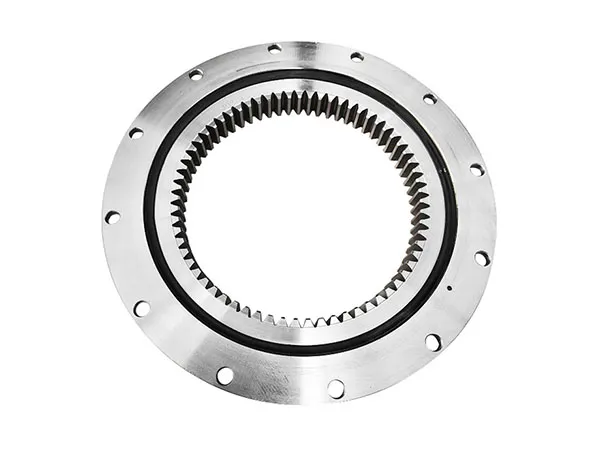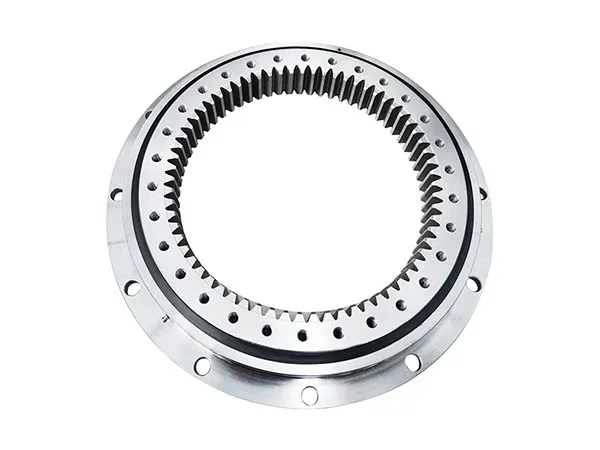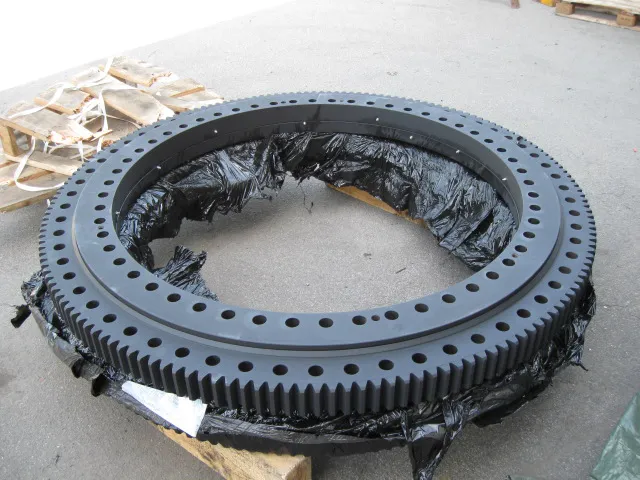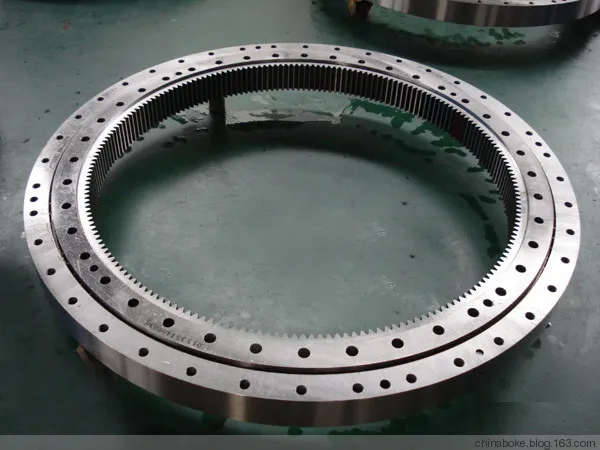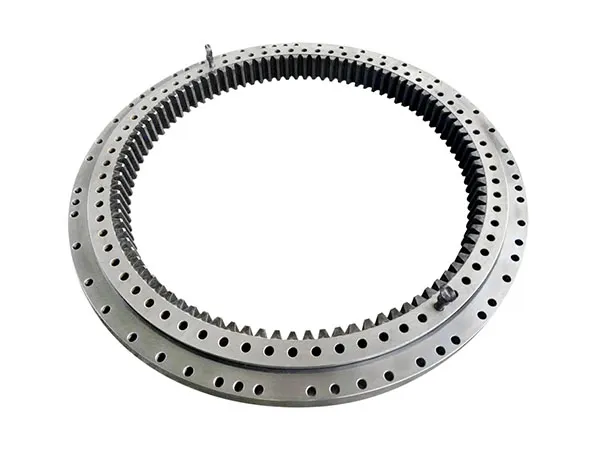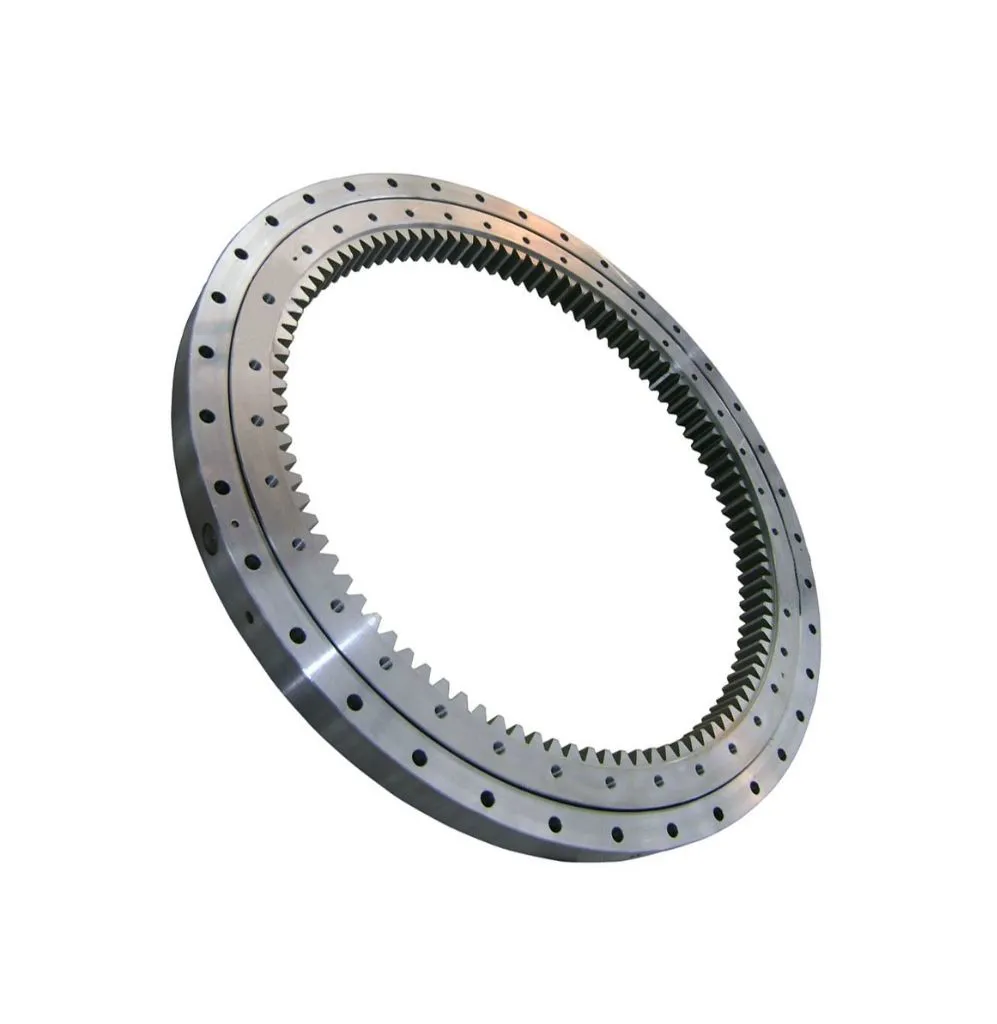Reducing noise from tunnel lining equipment is crucial for worker health and safety, environmental compliance, and maintaining good relations with nearby communities. Noise in tunnels is often amplified due to the confined space and hard, reflective surfaces. Here’s a breakdown of strategies, following the hierarchy of controls (elimination/substitution, engineering controls, administrative controls, PPE).
How to Reduce Tunnel Lining Equipment Noise

1. Source Control (Elimination, Substitution & Engineering Modifications): This is the most effective approach.
Equipment Selection (Procurement):
Specify Low-Noise Equipment: When purchasing or renting equipment (TBMs, segment erectors, grout pumps, ventilation fans, locomotives), specify maximum noise emission levels in the tender documents. Request noise data from manufacturers (sound power levels).
Choose Quieter Technologies: Opt for electric or hydraulic systems over noisier pneumatic ones where feasible. Use variable speed drives (VSDs) for fans and pumps so they only run as fast as needed. Consider modern, quieter engine designs for diesel equipment.
Engineering Modifications to Existing Equipment:
Engine/Motor Enclosures: Install well-sealed acoustic enclosures around noisy engines, motors, and pumps (e.g., grout pumps, generators). Ensure adequate ventilation for cooling, often requiring silenced air inlets and outlets.
Silencers/Mufflers: Fit high-performance silencers to engine exhausts and ventilation fan inlets/outlets. Ensure they are correctly sized and maintained.
Vibration Isolation: Mount noisy components (engines, pumps, gearboxes) on vibration isolators (rubber mounts, springs) to prevent vibration from transferring into the equipment structure or tunnel lining, which then radiates noise.
Hydraulic System Noise: Use low-noise hydraulic pumps, accumulators to dampen pulsations, and flexible hoses instead of rigid pipes where possible to reduce vibration transmission.
Conveyor Systems: Use low-noise rollers, belt materials, and ensure proper alignment and tension to minimize noise. Enclose drive units.
Grouting Equipment: Use pulsation dampeners on pumps. Enclose mixers and pumps if possible.
Segment Erectors: Ensure smooth hydraulic operation. Maintain components to prevent jerky movements or impacts.
Damping Materials: Apply damping materials (e.g., constrained layer damping) to large vibrating panels on equipment (like enclosures or guards) to reduce noise radiation.
…
More detailed information on how to reduce noise from tunnel lining trolleys can be found at: https://www.gf-bridge-tunnel.com/a/blog/how-to-reduce-tunnel-lining-equipment-noise.html

